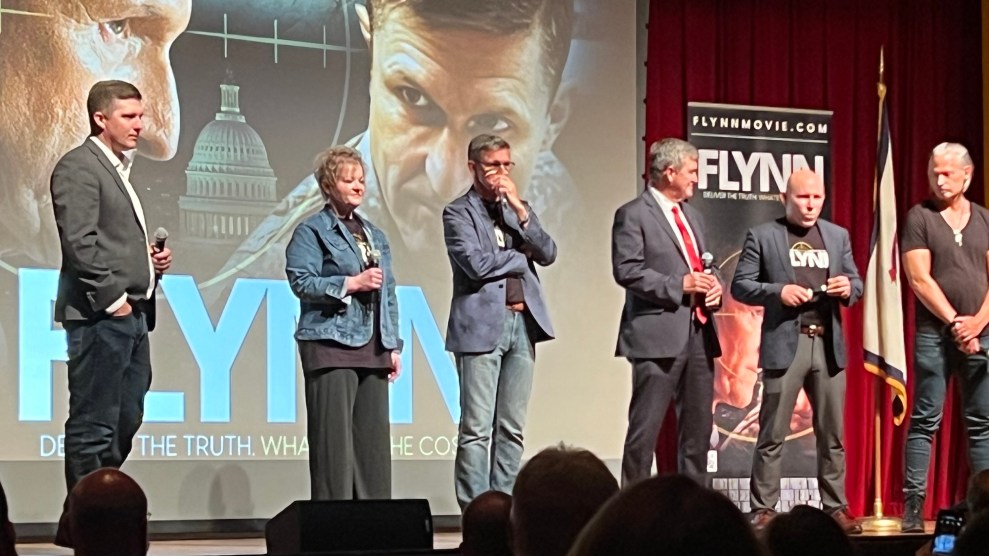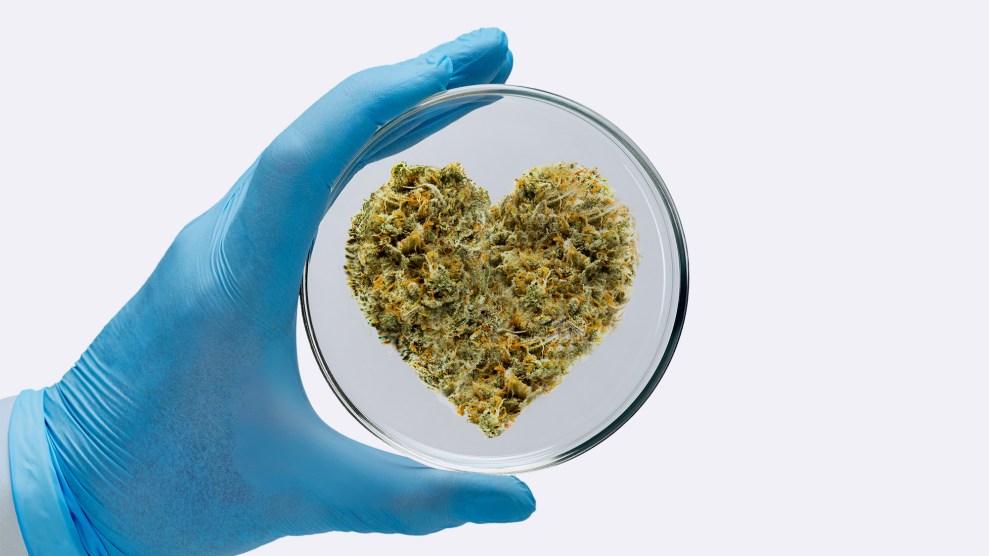At a famous treatment house, the antidote is hugs and kisses and warm bottles.
by Katharine GreiderRonald Reagan made Hale House famous in 1985 when he called its founder, Clara Hale, an angel. It is one of the places that produced poster children for the crack-baby crisis. A 1990 New York Post series entitled “Children of the Damned” shows a little brown face peering from between the slats of his crib, captioned “A 2 1/2-year-old crack child at Hale House,” and quotes Mother Hale as grieving “a lost generation.” Today, literature sent to potential contributors claims most of the children were born “craving crack.”
Inside it’s a different story. It was 25 years ago, long before crack, when Mother Hale took in the baby of a nodding heroin junkie and within two months found herself caring for 22 infants in her modest Harlem apartment. In considering this history, one begins to understand that Mother Hale’s “lost generation” may not have referred to brain damage, but to a bewildering social disjuncture.
Since Clara Hale’s death in 1992, her daughter Dr. Lorraine Hale, who helped found Hale House, has continued to run it. Dr. Hale thinks the crack-exposed kids are moodier than heroin-exposed kids. But she’s not much interested in the cause of their problems, and the program here isn’t heavy on complex child evaluations. It is privately supported and tries simply to give as much basic care and hugging and kissing as possible and to promote contact between children and parents, who leave their kids there voluntarily.
This winter day, six infants are upstairs at Hale House. Three lie in their cribs; one sits in a tiny chair, a strap across his belly; another two are cradled in the arms of staff giving them their bottles. Dr. Hale approaches the middle crib and tickles its occupant, who laughs delightedly. In the next crib an infant is hollering, arching his back, his cheeks flushing red; when Hale picks him up, he quiets instantly. The fact these babies might have been subtly damaged by their mothers’ cocaine use seems to recede in significance next to the gaping hole in their lives–the lack of a single passionate adult who could coo and chat and laugh and cradle for as long as the two of them liked.















